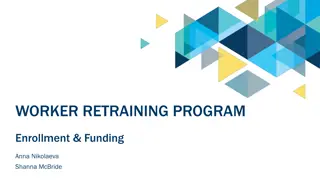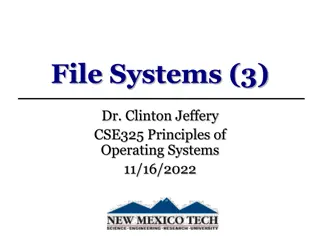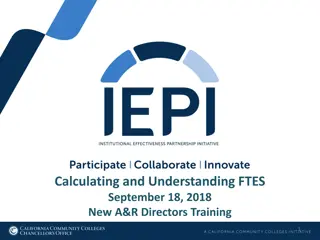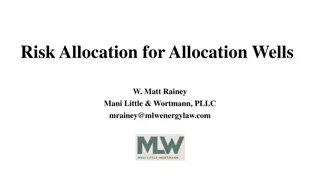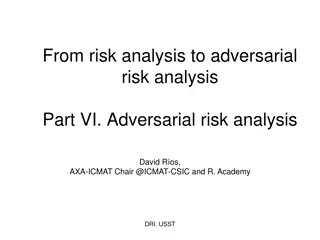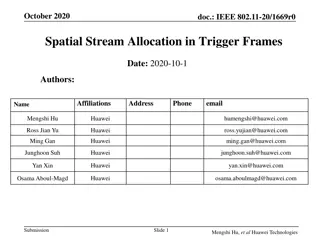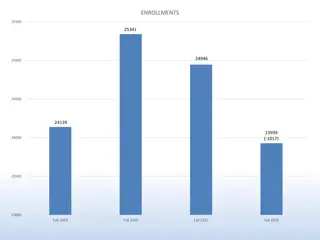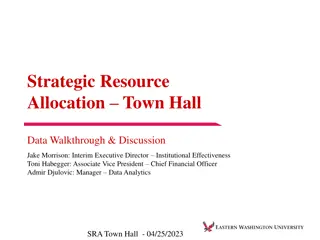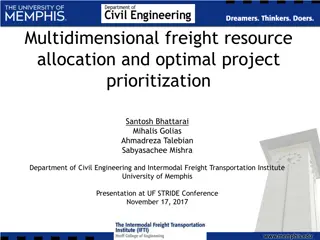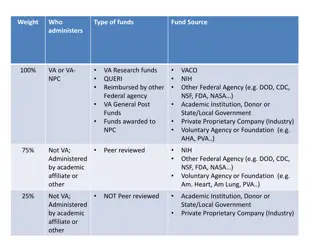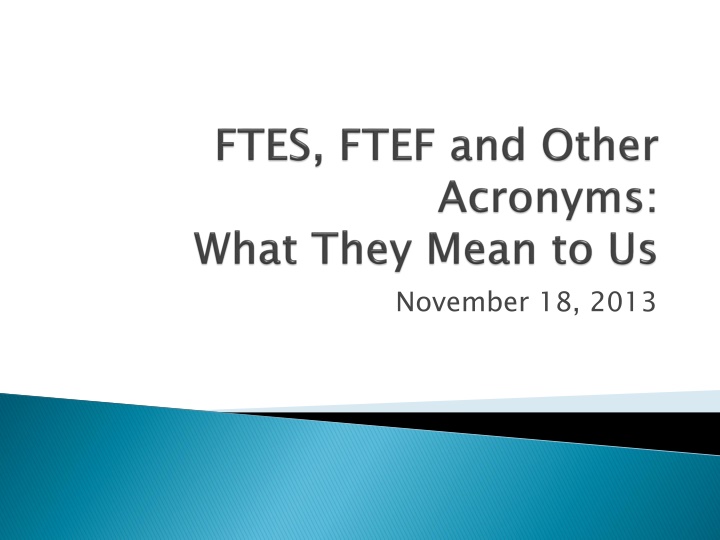
Understanding Funding and Resource Allocation Models in Education
Explore the concepts of Full-Time Equivalent Students and Faculty, State Funding, Revenue Limits, and Community Support in the context of educational institutions. Learn about different funding sources and considerations for changing resource allocation models.
Download Presentation

Please find below an Image/Link to download the presentation.
The content on the website is provided AS IS for your information and personal use only. It may not be sold, licensed, or shared on other websites without obtaining consent from the author. If you encounter any issues during the download, it is possible that the publisher has removed the file from their server.
You are allowed to download the files provided on this website for personal or commercial use, subject to the condition that they are used lawfully. All files are the property of their respective owners.
The content on the website is provided AS IS for your information and personal use only. It may not be sold, licensed, or shared on other websites without obtaining consent from the author.
E N D
Presentation Transcript
Full Time Equivalent Student 525 Total Contact Hours 15 Weekly Contact Hours (WSCH) for 35 Weeks Basis for state funding
Full Time Equivalent Faculty 30 Faculty Load Credits Depending on subject taught, can be anywhere from 12 to 22 hours in the classroom plus office hours plus preparation time plus committee work or other institutional duties Non-teaching faculty have other measurements
FTES/FTEF or, more commonly, WSCH/FTEF A faculty teaching 15 hours per week with 35 students in his/her class has: 15 hrs per week X 35 students = 525 WSCH This is known as a load of 525
State funding: $4500 per FTES SMCCD has about 20,000 FTES SMCCCD state revenue limit: $90M State $100,000,000 Student Fees Property Taxes $80,000,000 $60,000,000 $40,000,000 $20,000,000 $-
Revenue Limit $100,000,000 $90,000,000 $80,000,000 State Student Fees Property Taxes $70,000,000 $60,000,000 $50,000,000 $40,000,000 $30,000,000 $20,000,000 $10,000,000 $-
Community Supported means: Revenue is no longer driven by student enrollment Some state rules go away We can determine for ourselves how best to support the community
Desire to change our resource allocation model Project revenues based on property tax increases Give stability and predictability to the sites
Kathy Blackwood February 2005
A method to allocate Fund 1 resources Does not increase total resources or bring more money to the district Does not prescribe spending, only allocates resources Does not affect grants or other categorical programs
The model must be fair Simple Predictable Stable Minimize internal conflict - between colleges & with district office Timely in order for development of plans at colleges Efficient to administer Recognize cost pressures collective bargaining results, inflation, etc. Have a multi-year application not change formula each year
Be flexible including with the movement to basic aid Consistent Accommodate good and bad years Address inequities of equalization and access Promote a sensible use of public funding no spend it or you lose it Recognize local community needs and geographic areas differences between the needs of the students at each college Uses quantitative, verifiable factors need for good data Protects the integrity of base funding no sudden or major changes In synch with our mission and goals



